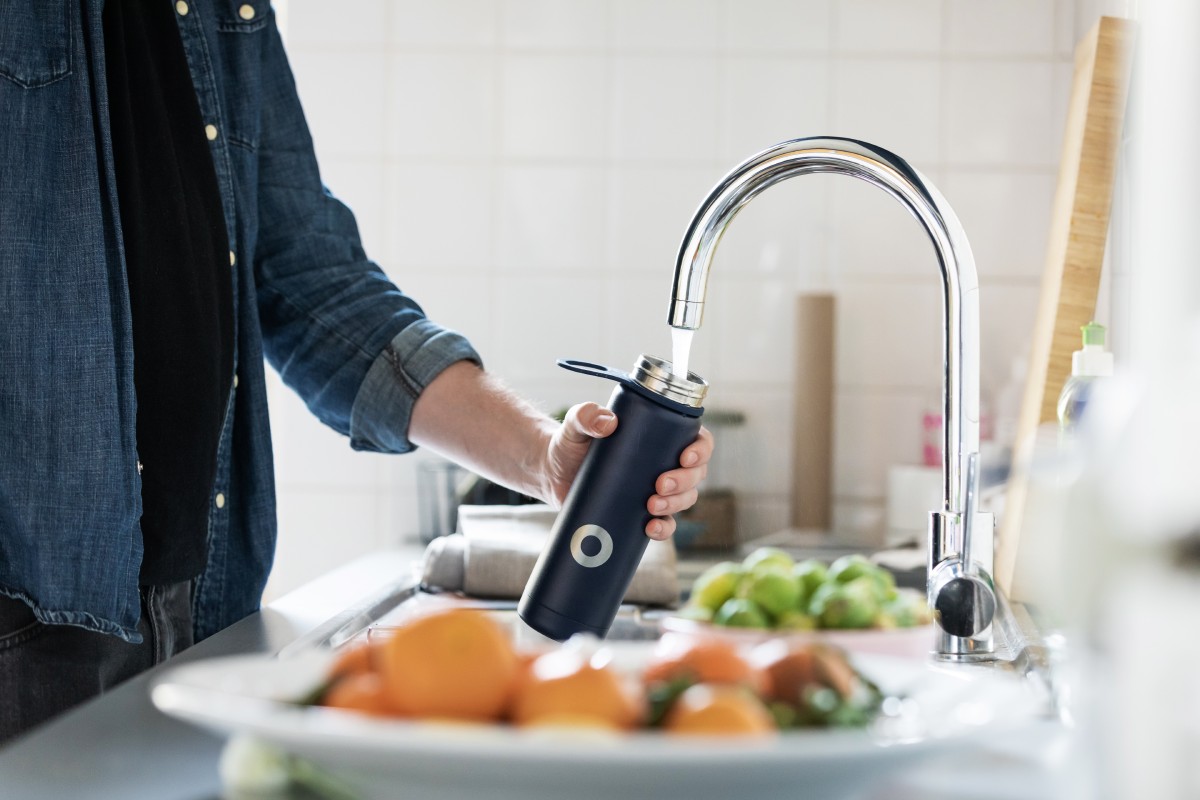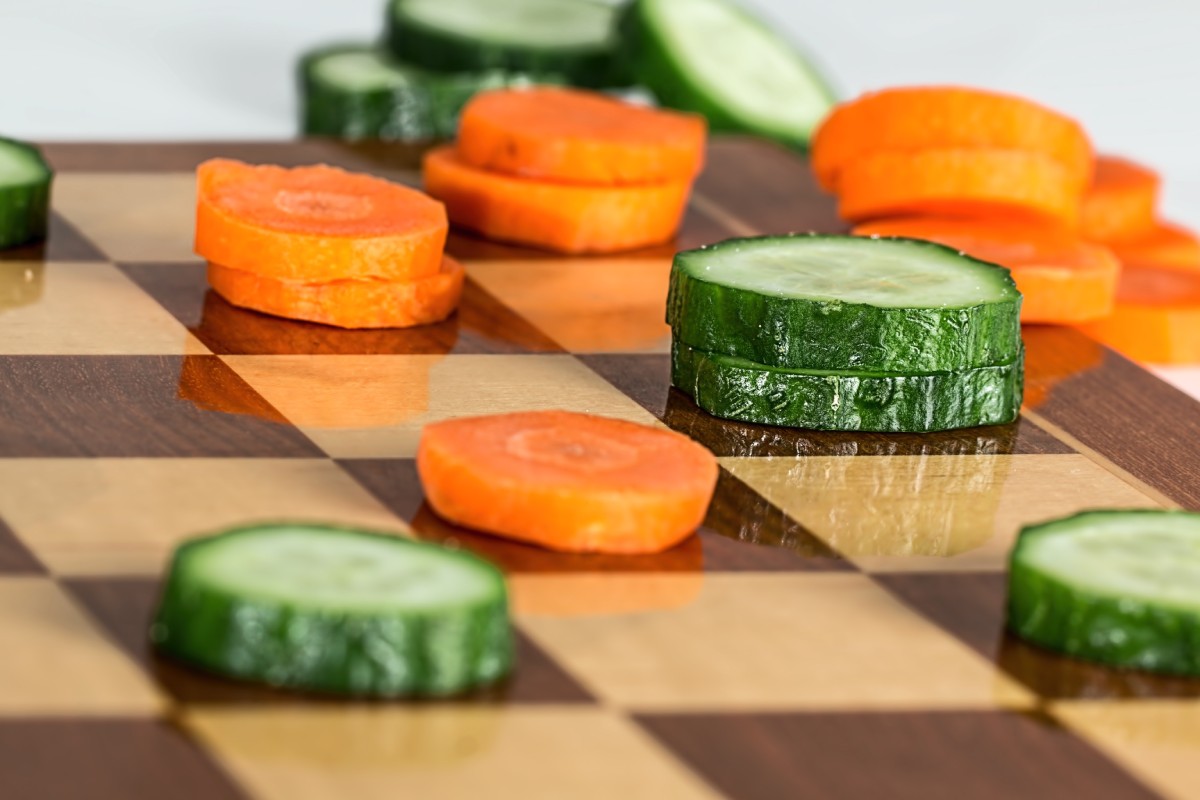Introduction
Water conservation is a critical aspect of adopting a sustainable lifestyle. By recognizing the importance of reducing water consumption, individuals can contribute to the preservation of this vital resource and minimize their environmental impact. This section will provide a brief overview of the significance of water conservation and the benefits it offers.
The Importance of Water Conservation
Water is a finite resource, and its scarcity is becoming an increasingly pressing global concern. By conserving water, we can help ensure its availability for future generations and support the health of our ecosystems. Adopting water-saving techniques is not only a responsible choice but also an opportunity to make a positive difference in the world.
Water conservation plays a crucial role in sustainable living because it helps mitigate the strain on water sources, such as rivers, lakes, and groundwater reserves. By reducing our water consumption, we can alleviate the pressure on these resources and promote their long-term sustainability. Additionally, conserving water reduces energy usage and the carbon footprint associated with water treatment and distribution systems.
Reducing Water Consumption and Its Environmental Impact
The significance of reducing water consumption extends beyond personal responsibility. It has far-reaching environmental implications that can positively impact the planet. By lowering our water usage, we can contribute to:
Preservation of Ecosystems
Water is essential for the health and vitality of ecosystems, supporting various plant and animal species. By reducing water consumption, we can help maintain adequate water levels in rivers, lakes, and wetlands, ensuring the survival of aquatic life and the overall ecological balance.
Mitigation of Water Scarcity
Water scarcity affects numerous regions globally, leading to social, economic, and environmental challenges. By adopting water-saving practices, we can alleviate the strain on water supplies and promote equitable access to this precious resource, particularly in areas prone to drought or limited water availability.
Energy Conservation
Water and energy are closely interconnected. Significant amounts of energy are required for water treatment, transportation, and heating. By reducing water consumption, we indirectly reduce energy demand, resulting in lower greenhouse gas emissions and a more sustainable energy footprint.
Reduction of Water Pollution
Excessive water usage can contribute to pollution through runoff and wastewater discharges. By conserving water, we minimize the amount of contaminated water entering our waterways, protecting aquatic ecosystems and safeguarding the quality of our drinking water sources.
In conclusion, water conservation is an integral part of a sustainable lifestyle. By understanding the importance of reducing water consumption and its environmental impact, we can make conscious choices to preserve this precious resource. Throughout this article, we will explore various water-saving techniques that can be easily implemented in our daily lives, enabling us to contribute to a more sustainable future.
Understanding Water Usage
Water is a precious resource, and understanding our household water usage is the first step towards implementing effective water-saving techniques. In this section, we will delve into the average household water usage and identify common areas where water is wasted or overused.
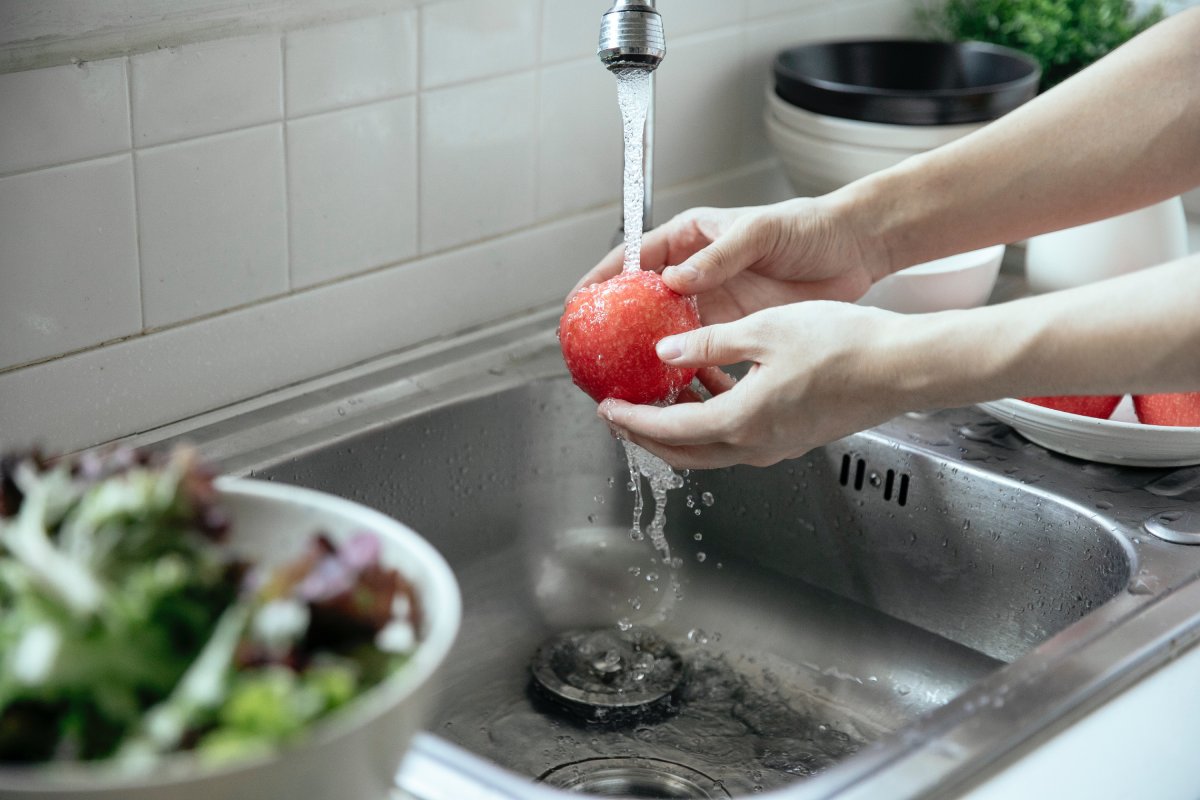
Average Household Water Usage and Distribution
The average household’s water usage can vary depending on factors such as family size, lifestyle, and geographical location. However, it is estimated that a typical household consumes a significant amount of water each day. Understanding how water is distributed within a household can help us identify areas where conservation efforts can be most effective.
Indoor Water Usage
- Bathroom: The bathroom accounts for a substantial portion of indoor water usage. Activities such as showering, flushing toilets, and running faucets contribute to a significant amount of water consumption.
- Kitchen: The kitchen is another area where water is frequently used, primarily for dishwashing, food preparation, and running the faucet.
- Laundry: Washing clothes and using the washing machine can also contribute to a considerable amount of water consumption.
Outdoor Water Usage
- Gardening and Lawn Irrigation: Watering plants, maintaining a lawn, and other outdoor activities can significantly impact overall water usage. Gardens and lawns often require a substantial amount of water to stay healthy and vibrant.
Common Areas of Water Waste or Overuse
Identifying areas where water is wasted or overused is crucial in adopting water-saving practices. By addressing these common sources of waste, we can make a significant impact on conserving water. Here are some areas to pay attention to:
- Leaky Fixtures: Leaky faucets, toilets, and pipes can result in a substantial amount of water waste over time. Even small drips can add up to significant volumes of wasted water.
- Inefficient Appliances: Outdated or inefficient appliances, such as dishwashers and washing machines, can use more water than necessary. Upgrading to water-efficient models can help reduce water consumption.
- Unnecessary Running of Taps: Leaving taps running while brushing teeth, washing dishes, or performing other tasks can waste a significant amount of water. Being mindful of turning off taps when not in use can make a substantial difference.
- Overwatering Gardens and Lawns: Watering plants and lawns excessively or during non-optimal times can lead to water waste. Understanding the watering needs of different plants and using efficient irrigation methods can help conserve water outdoors.
- Lack of Water-Conserving Fixtures: Traditional fixtures, such as showerheads and toilets, can be replaced with water-saving alternatives. Low-flow showerheads and dual-flush toilets are examples of fixtures that can significantly reduce water usage.
By understanding our household’s water usage patterns and identifying areas of waste or overuse, we can target those specific areas for water-saving efforts. In the following sections, we will explore practical techniques and strategies to reduce water consumption and adopt a more sustainable approach to water usage.
Indoor Water-Saving Techniques
Conserving water within our homes is an essential part of adopting a sustainable lifestyle. By implementing efficient water fixtures and appliances and adopting smart water habits, we can significantly reduce our indoor water consumption. Additionally, exploring options for recycling and reusing water can further contribute to water conservation efforts.
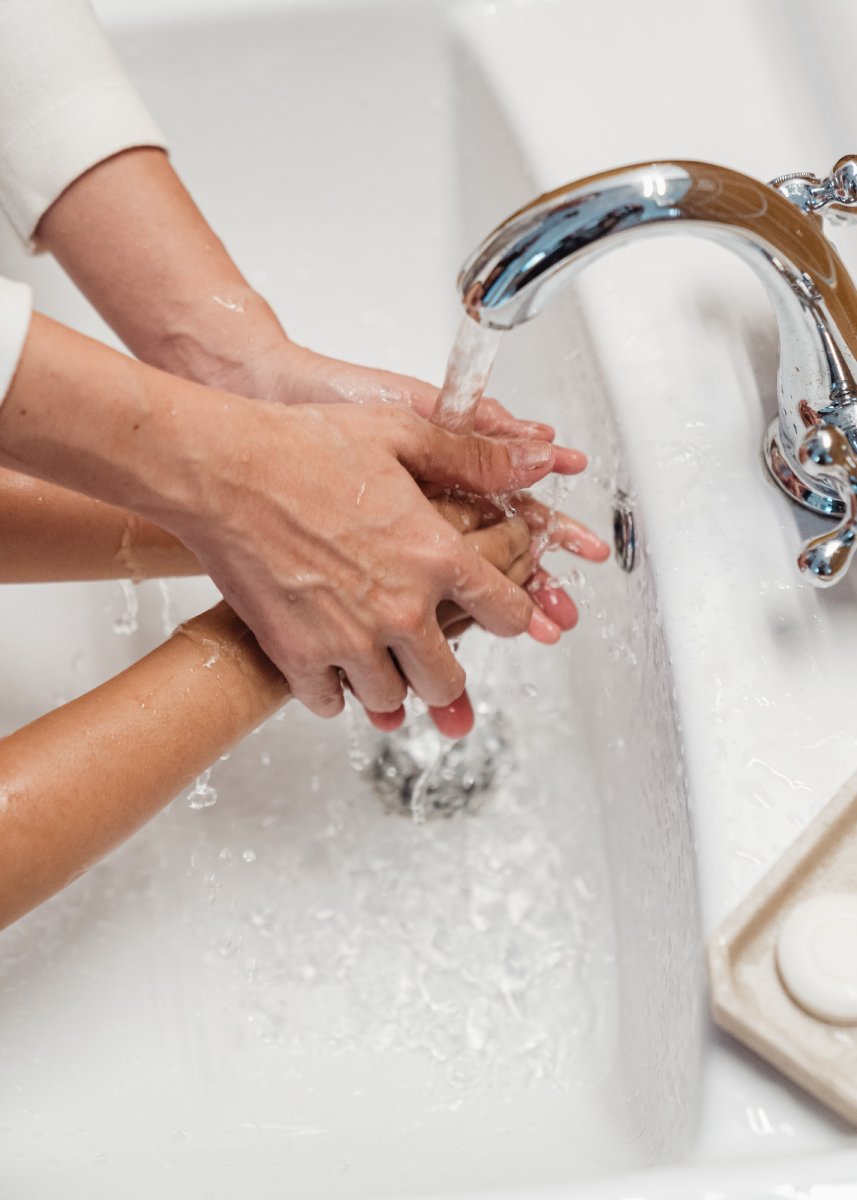
Efficient Water Fixtures and Appliances
Low-Flow Showerheads and Faucets
Installing low-flow showerheads and faucets is an effective way to reduce water usage without compromising functionality. These fixtures restrict water flow while maintaining adequate water pressure, resulting in significant water savings.
Dual-Flush Toilets
Dual-flush toilets provide two flushing options: one for liquid waste and another for solid waste. By using the appropriate flush, you can control the amount of water used per flush, leading to substantial water conservation.
Water-Efficient Dishwashers and Washing Machines
Upgrading to water-efficient dishwashers and washing machines can make a notable difference in water consumption. Look for appliances with high energy star ratings and water-saving features to minimize water usage during these tasks.
Implementing Smart Water Habits
Fixing Leaks and Drips Promptly
Leaks and drips can waste a significant amount of water over time. Regularly check and promptly repair any leaks in faucets, toilets, or pipes to prevent unnecessary water loss.
Using Water-Saving Techniques while Doing Dishes and Laundry
When washing dishes by hand, fill a basin or sink with soapy water instead of running the faucet continuously. Use a similar approach when doing laundry by ensuring full loads and selecting appropriate water-saving settings on your machine.
Taking Shorter Showers and Turning off the Tap When Not in Use
Be mindful of your shower time and aim to take shorter showers. Turning off the tap while brushing teeth, lathering soap, or scrubbing dishes can also make a significant difference in reducing water waste.
Recycling and Reusing Water
Collecting and Using Rainwater
Harvesting rainwater is an eco-friendly way to reduce reliance on municipal water supplies for certain tasks. Set up rain barrels or tanks to collect rainwater and use it for watering plants, cleaning outdoor spaces, or other non-potable water needs.
Utilizing Graywater for Non-Potable Uses
Graywater refers to gently used household water from sources such as sinks, showers, and laundry. This water can be recycled for purposes like irrigating plants, flushing toilets, or cleaning outdoor surfaces. However, ensure proper filtration and follow local regulations when reusing graywater.
By incorporating these indoor water-saving techniques into our daily routines, we can make a significant impact on reducing our water consumption and promoting a sustainable lifestyle. In the next section, we will explore outdoor water-saving techniques to further enhance our water conservation efforts.
Outdoor Water-Saving Techniques
Conserving water outdoors is just as crucial as implementing indoor water-saving practices. By adopting efficient landscaping practices, utilizing smart irrigation methods, and practicing sustainable lawn care, we can significantly reduce water consumption and promote a sustainable lifestyle.
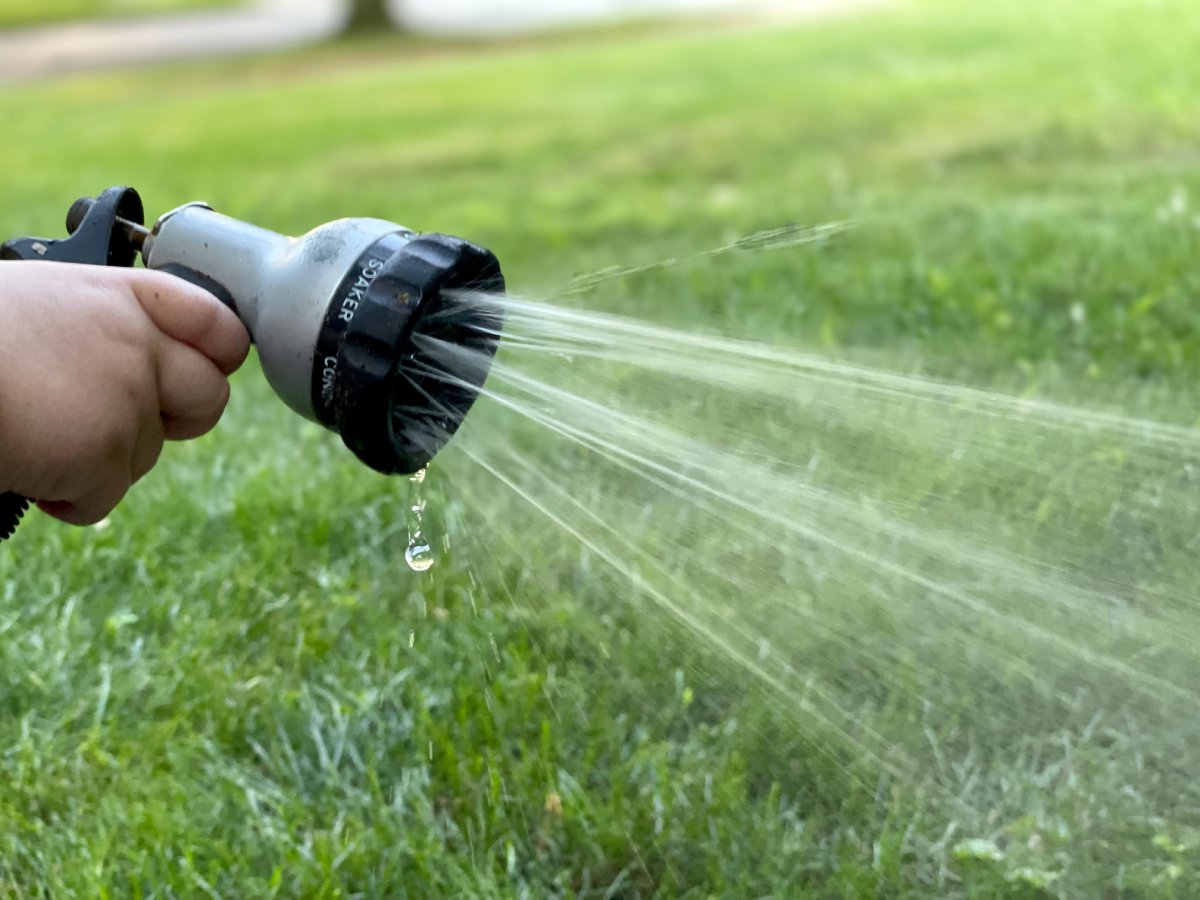
Efficient Landscaping Practices
Planting Native and Drought-Tolerant Plants
Choosing native plants and species that are adapted to the local climate can minimize water requirements. These plants have evolved to thrive in the region’s natural conditions and often require less irrigation once established.
Mulching to Retain Moisture in the Soil
Applying a layer of organic mulch around plants and in garden beds helps retain moisture, reduce evaporation, and inhibit weed growth. Mulch acts as a protective barrier, keeping the soil cool and moist for longer periods, reducing the need for frequent watering.
Watering During Optimal Times to Minimize Evaporation
Watering early in the morning or late in the evening, when temperatures are cooler and evaporation rates are lower, allows plants to absorb moisture more effectively. This practice reduces water loss due to evaporation and ensures efficient water usage.
Irrigation Methods
Using Drip Irrigation Systems for Targeted Watering
Drip irrigation systems deliver water directly to the plant roots, minimizing water waste through evaporation or runoff. This method provides a slow and steady water supply, ensuring plants receive the necessary hydration without excess water usage.
Installing Rain Sensors to Prevent Overwatering
Rain sensors can be installed in irrigation systems to detect rainfall and automatically pause watering. This prevents overwatering during rainy periods, avoiding unnecessary water waste and promoting efficient irrigation practices.
Adjusting Sprinkler Systems for Efficient Coverage
Regularly inspect and adjust sprinkler heads to ensure they are properly aligned and watering the intended areas. Eliminate overspray onto hardscapes or non-landscaped areas to prevent water waste. Consider using sprinkler nozzles with adjustable patterns for precise coverage.
Sustainable Lawn Care
Setting the Lawn Mower to a Higher Setting to Retain Moisture
When mowing the lawn, set the mower blades to a higher cutting height. Longer grass shades the soil, reducing evaporation and promoting moisture retention. This helps maintain a healthier lawn with less water requirements.
Collecting Grass Clippings as Natural Mulch
Instead of bagging grass clippings, leave them on the lawn as natural mulch. Grass clippings break down quickly, returning nutrients to the soil and acting as a natural moisture-retaining layer.
Considering Alternatives to Traditional Lawns, such as Xeriscaping
Explore alternatives to traditional lawns that require extensive watering. Xeriscaping, for example, involves designing landscapes that are well-suited to the local climate and require minimal irrigation. Incorporate drought-tolerant plants, rocks, and hardscapes to create an attractive and water-efficient outdoor space.
By applying these outdoor water-saving techniques, we can minimize water waste, promote sustainable gardening practices, and contribute to the conservation of this precious resource. In the next section, we will discuss additional tips for water conservation within the household.
Water-Saving Practices in Everyday Life
Conserving water in our daily routines is essential for maintaining a sustainable lifestyle. By adopting water-saving practices in the kitchen, bathroom, and educating family members about the importance of conservation, we can make a significant impact on water consumption and contribute to a more sustainable future.
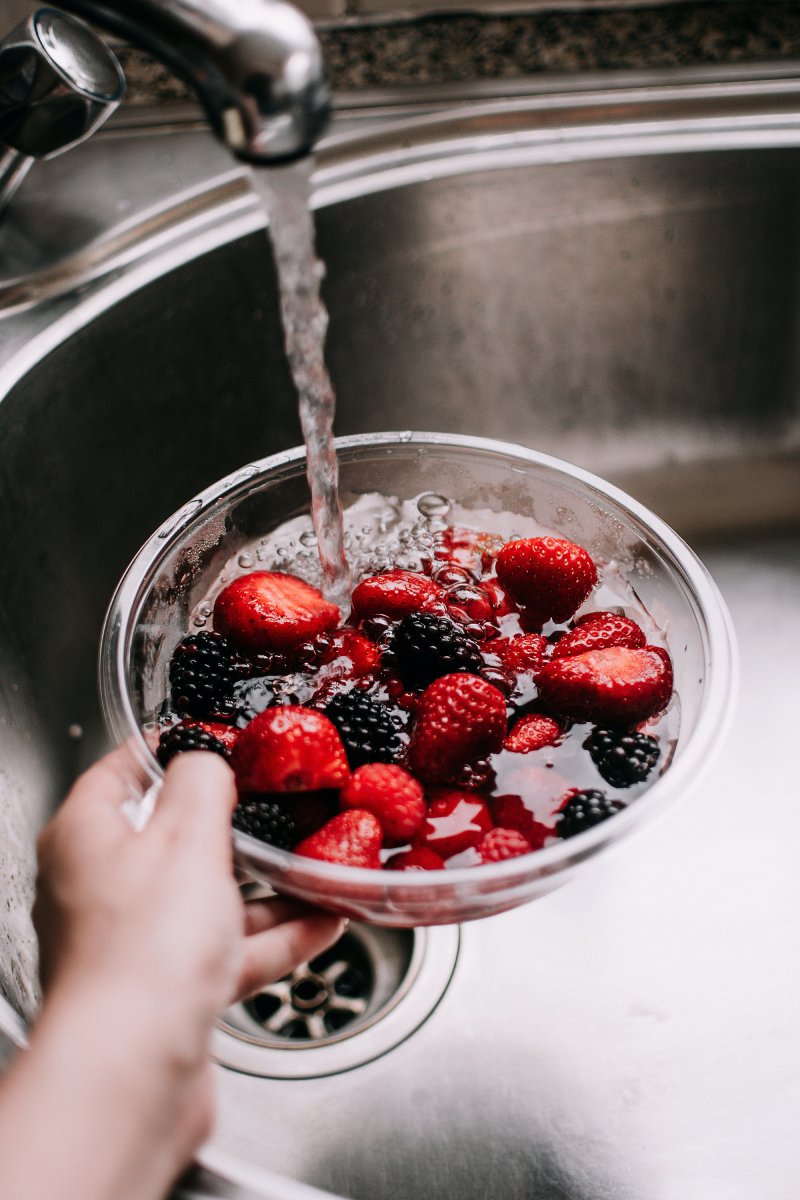
Kitchen Water Conservation
Using Water-Efficient Methods for Cooking and Cleaning
When cooking, use minimal amounts of water for boiling or steaming. Opt for one-pot cooking whenever possible to reduce water usage. When cleaning dishes, scrape off excess food before washing to minimize water needed for pre-rinsing.
Defrosting Food in the Refrigerator Instead of Using Running Water
Plan ahead and defrost frozen food in the refrigerator overnight or use the defrost setting on your microwave. Avoid using running water to thaw food, as this can result in unnecessary water wastage.
Washing Fruits and Vegetables in a Bowl of Water Instead of Under Running Water
Fill a bowl with water and wash your fruits and vegetables in it. This method not only conserves water but also allows you to reuse the water for watering plants afterward.
Bathroom Water Conservation
Turning Off the Tap While Brushing Teeth or Shaving
Remember to turn off the tap while brushing your teeth or shaving. Letting the water run unnecessarily can result in significant water waste over time. Wet your toothbrush or razor, then turn off the tap until you need to rinse.
Filling the Sink Partially for Washing Hands or Face
Instead of letting the tap run continuously while washing your hands or face, partially fill the sink with water. This way, you can use just enough water for your needs without wasting it.
Installing Aerators on Faucets for Reduced Water Flow
Consider installing aerators on your faucets. These devices mix air with the water, reducing water flow while maintaining adequate pressure. This simple addition can significantly reduce water consumption without compromising functionality.
Educating Family Members About Water Conservation
Encouraging Mindful Water Habits and Avoiding Wasteful Practices
Promote mindful water habits within your household. Encourage family members to turn off taps when not in use, report any leaks promptly, and avoid leaving water running unnecessarily. Simple changes in behavior can lead to significant water savings.
Involving Children in Water-Saving Activities and Teaching Them the Importance of Conservation
Engage children in water-saving activities and educate them about the importance of water conservation. Teach them to be responsible with water usage, such as taking shorter showers and using only the necessary amount of water for various tasks. By instilling these values from a young age, we can raise environmentally conscious individuals.
By implementing these water-saving practices in our everyday lives, we contribute to the preservation of this precious resource. In the next section, we will explore additional tips and strategies to maximize water conservation efforts in our homes.
Monitoring and Tracking Water Usage
To enhance our water-saving efforts, it is crucial to monitor and track our water usage. By utilizing water meters and monitoring tools, analyzing monthly water bills, and keeping a water usage log, we can gain valuable insights into our consumption patterns and identify opportunities for improvement.
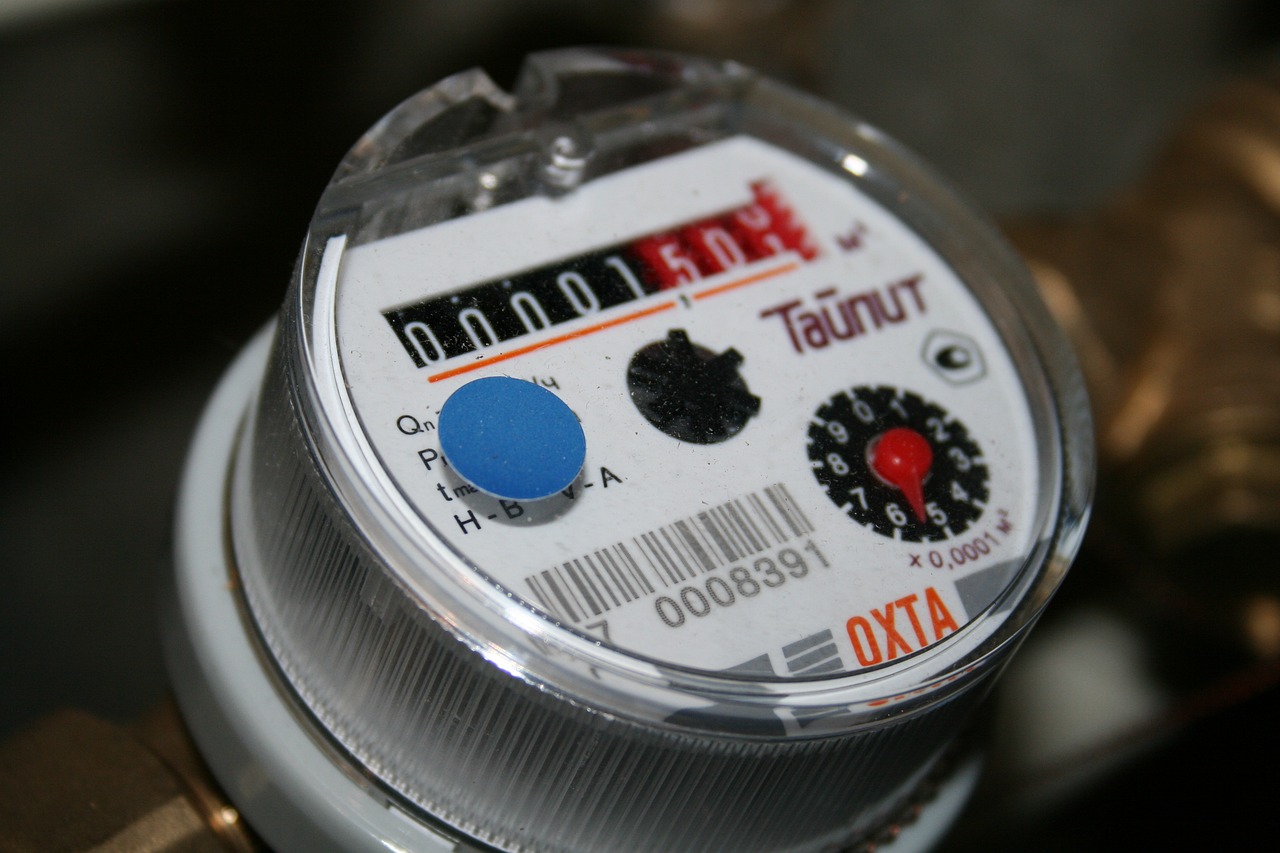
Using Water Meters and Monitoring Tools to Measure Consumption
Install a Water Meter
Consider installing a water meter to measure the amount of water your household consumes accurately. Water meters provide real-time data, allowing you to monitor your usage and make informed decisions about water conservation.
Utilize Smart Water Monitoring Systems
Smart water monitoring systems offer advanced features to track and analyze water usage. These systems connect to your water supply and provide detailed information about usage patterns, leaks, and trends, helping you identify areas where water can be saved.
Analyzing Monthly Water Bills and Identifying Opportunities for Improvement
Review Water Bills
Take time to review your monthly water bills. Look for any sudden spikes or unusual patterns in consumption. Compare bills from different months or years to identify trends and seasonal variations in water usage.
Identify High Consumption Areas
Examine your water bills to pinpoint areas of high consumption. Common culprits may include excessive outdoor watering or inefficient water fixtures. Identifying these areas allows you to focus your conservation efforts where they are most needed.
Keeping a Water Usage Log to Track Progress and Encourage Accountability
Maintain a Water Usage Log
Create a water usage log to track your daily or weekly water consumption. Note down the activities that consume significant amounts of water and monitor any changes you make to reduce usage. This log serves as a helpful tool to assess progress and maintain accountability.
Set Water-Saving Goals
Use your water usage log to set specific water-saving goals. For example, aim to reduce your overall consumption by a certain percentage within a given timeframe. Regularly review your progress and adjust your habits and strategies accordingly.
By actively monitoring and tracking your water usage, you gain valuable insights into your consumption patterns and can identify areas where improvements can be made. Utilize the tools and strategies mentioned above to track your progress and hold yourself accountable to your water-saving goals.
Conclusion
In conclusion, adopting water-saving techniques is essential for a sustainable lifestyle and contributes to the preservation of our precious water resources. Throughout this article, we have explored various strategies to reduce water consumption and promote responsible water use. Let’s recap the key water-saving techniques discussed and encourage readers to implement these practices for a more sustainable future.
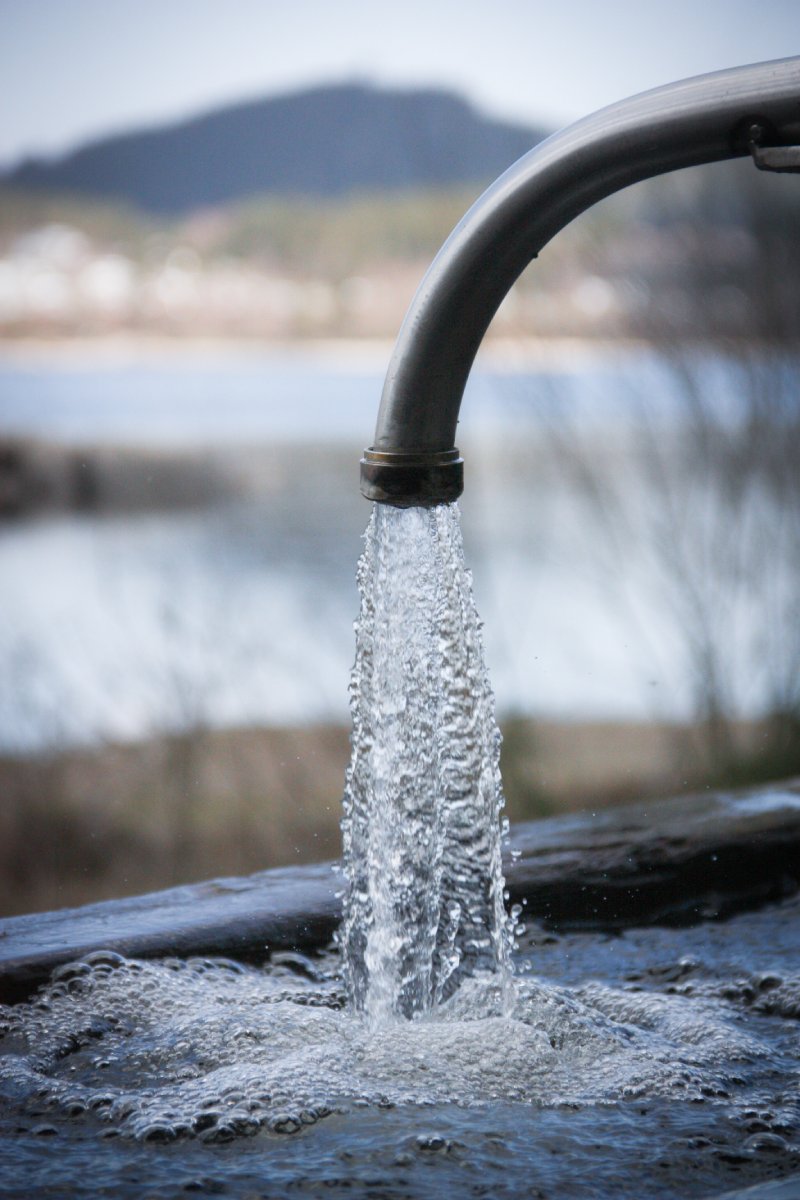
Throughout the article, we have covered a range of water-saving techniques that can be applied both indoors and outdoors. These include:
Indoor Water-Saving Techniques
- Utilizing water-efficient fixtures and appliances, such as low-flow showerheads, dual-flush toilets, and water-efficient dishwashers and washing machines.
- Implementing smart water habits, such as promptly fixing leaks and drips, practicing water-saving techniques while doing dishes and laundry, and taking shorter showers while turning off the tap when not in use.
- Recycling and reusing water by collecting and utilizing rainwater for irrigation and utilizing graywater for non-potable uses.
Outdoor Water-Saving Techniques
- Adopting efficient landscaping practices like planting native and drought-tolerant plants, mulching to retain moisture in the soil, and watering during optimal times to minimize evaporation.
- Employing smart irrigation methods such as using drip irrigation systems for targeted watering, installing rain sensors to prevent overwatering, and adjusting sprinkler systems for efficient coverage.
- Implementing sustainable lawn care practices like setting the lawn mower to a higher setting to retain moisture, collecting grass clippings as natural mulch, and considering alternatives to traditional lawns, such as xeriscaping.
Water-Saving Practices in Everyday Life
- Conserving water in the kitchen by using water-efficient methods for cooking and cleaning, defrosting food in the refrigerator instead of using running water, and washing fruits and vegetables in a bowl of water instead of under running water.
- Practicing water conservation in the bathroom by turning off the tap while brushing teeth or shaving, filling the sink partially for washing hands or face, and installing aerators on faucets for reduced water flow.
- Educating family members about water conservation, encouraging mindful water habits, and involving children in water-saving activities to instill the importance of conservation.
It is essential for each of us to take action and implement these water-saving practices in our daily lives. By making conscious choices and adopting these techniques, we can significantly reduce our water footprint and contribute to a more sustainable future. Every drop of water saved makes a difference.
While individual actions may seem small, their collective impact is powerful. By conserving water and adopting sustainable practices, we play a crucial role in protecting our environment, preserving water resources, and ensuring a sustainable future for generations to come. Together, we can make a significant difference.
Let’s commit to incorporating these water-saving techniques into our daily routines and inspire others to do the same. By working together, we can create a water-conscious society and contribute to the well-being of our planet.
Remember, every drop counts!

